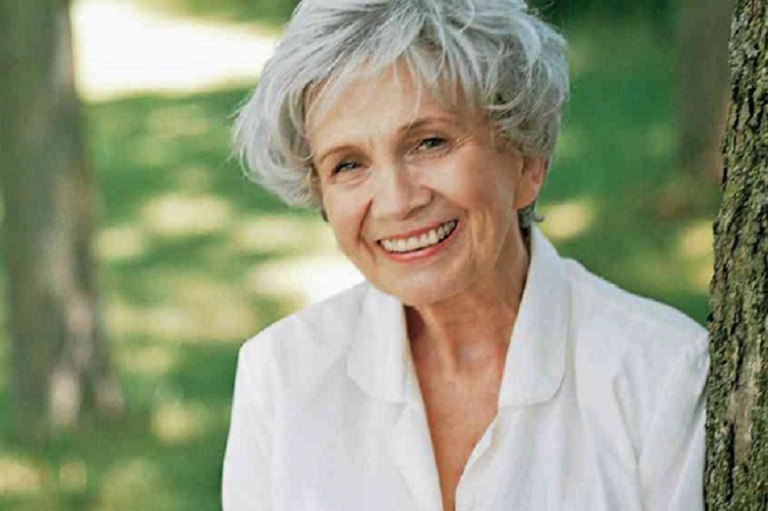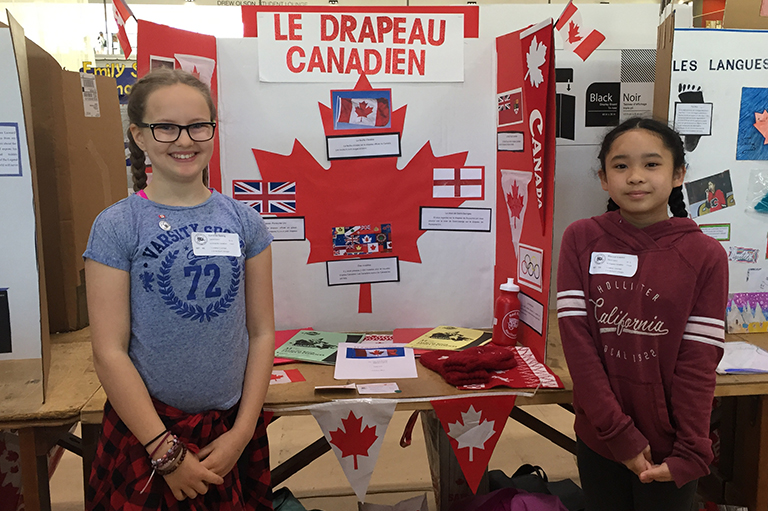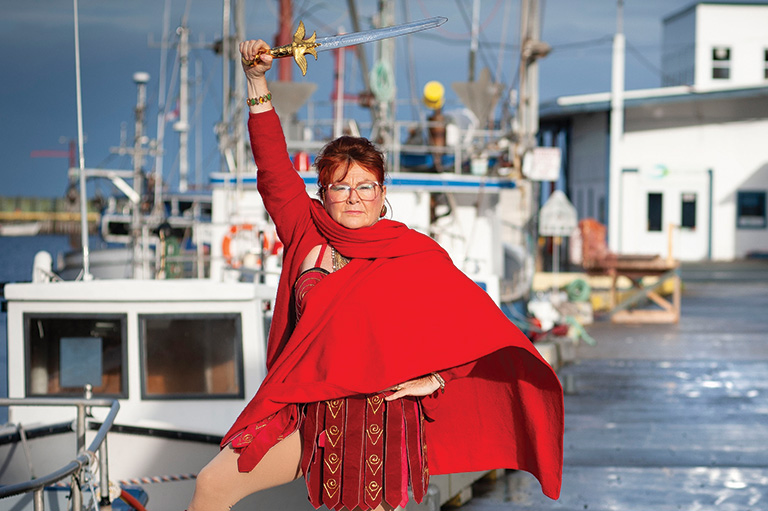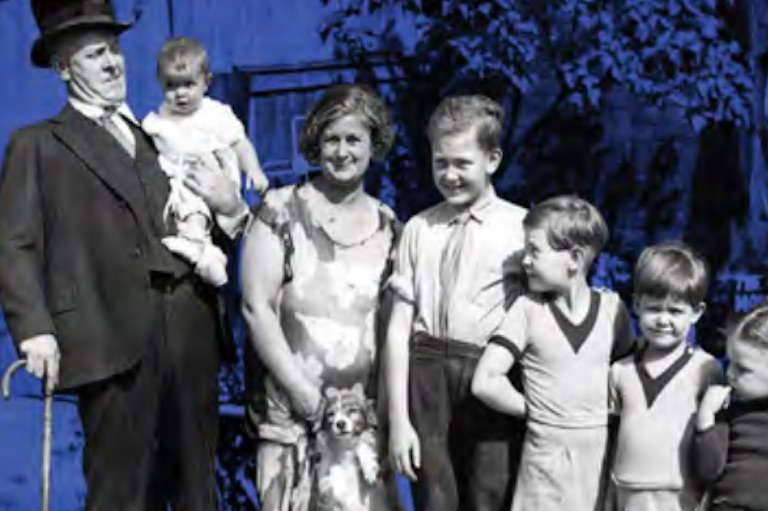Discover a wealth of interesting, entertaining and informative stories in each issue, delivered to you six times per year.
Performing Canada 150
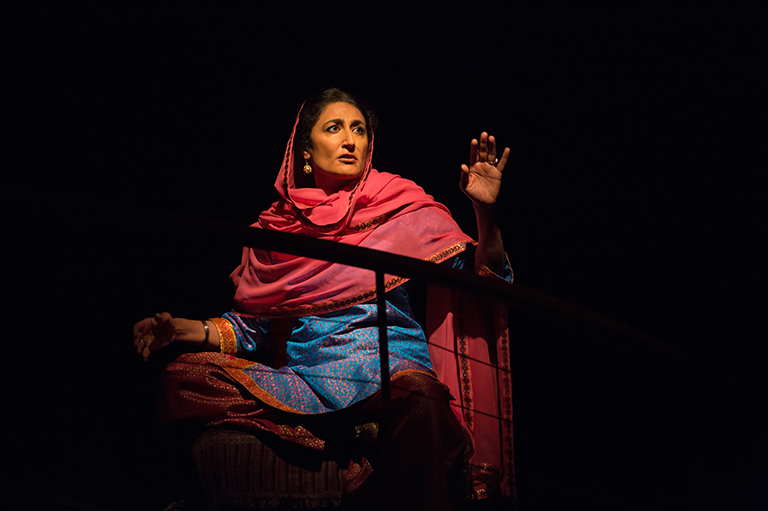
It would have been easy for the Stratford Festival to play it safe when marking the sesquicentennial of Confederation in 2017. To the eternal credit of the festival and its artistic director, Antoni Cimolino, “safe” is not how anyone would describe the choices they ultimately made.
The two plays being mounted in honour of the 150th anniversary of Confederation, The Komagata Maru Incident and The Breathing Hole, eschew feel-good familiarity in favour of challenging the conception of Canada as a place where nature and all people are honoured. After all, Cimolino noted in an interview for Canada’s History magazine, “We’re never very far from parts of our history we’d rather not remember.”
When I slide into the last seat for lunch in the Festival Theatre building on the day I am to see previews of the two shows, the others at the table are already deep in conversation about the nature of Canadian inclusiveness. I toss out a question about the plays and a fellow diner nails it immediately. “They could have chosen Anne of Green Gables or Spring Thaw (an annual revue that started in Toronto in 1948 and ran for nearly 25 years),” he says with a hint of sarcasm.
We’re gathered for Table Talk, a series in which speakers provide context for and insight into the season’s plays. The first presenter, Dr. Michelle Hartley, professor of English at Western University in London, tackles The Komagata Maru Incident, by Sharon Pollock. The play zeroes in on racism and hypocrisy in Vancouver in 1914, when a Japanese ship carrying Sikhs hoping to immigrate from India was turned away by xenophobic officials, represented by immigration inspector William Hopkinson.
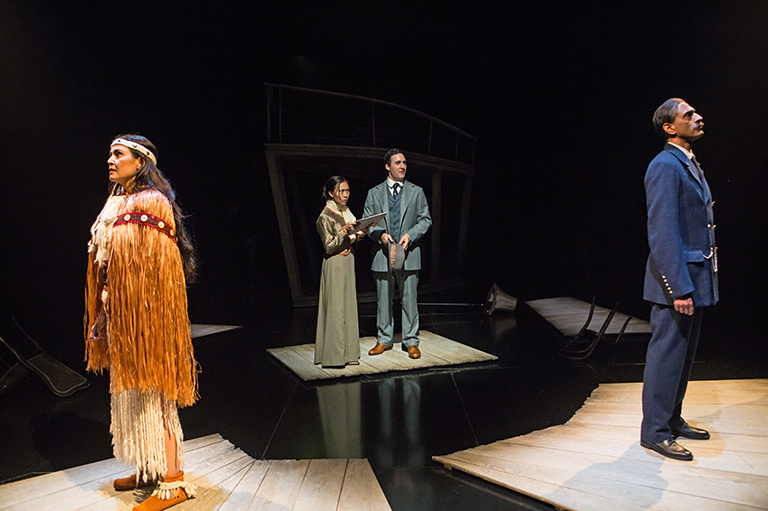
Updated from the original 1976 work, the play, directed by Keira Loughran, is not a simple historic retelling of a shameful moment from our past. A First Nations woman is our guide to events, acting as a combination ringmaster and trickster figure, replacing the British red coat and top hat with West Coast regalia as the show progresses.
In both Hartley’s presentation and the play itself, the challenge is to provide enough information that we can move into the play’s deeper meanings, given that few Canadians outside British Columbia even know of the story. Being from B.C. and familiar with the incident led Hartley to realize that “Much of Canada’s history is local and regional.”
The play, as she points out, features layers of racism: Hopkinson, himself of mixed Anglo-Indian heritage, is vitriolic toward Chinese Canadians including the beloved madam of the brothel he frequents, and has no concept that anyone’s story matters before or besides that of the British. The audience audibly winces at the profoundly racist language on stage, often taken from actual accounts of the time.
Much of the talk on the way out of the theatre is about precisely those unsettling speeches, and the audience’s astonishment at a story they didn’t know. But lest viewers become too comfortable that Canada has achieved enlightenment, The Breathing Hole, a world premiere commissioned for this season, written by Colleen Murphy and directed by Reneltta Arluk, places us firmly as foreigners, outside of the Inuit culture of the 1500s where the play begins.
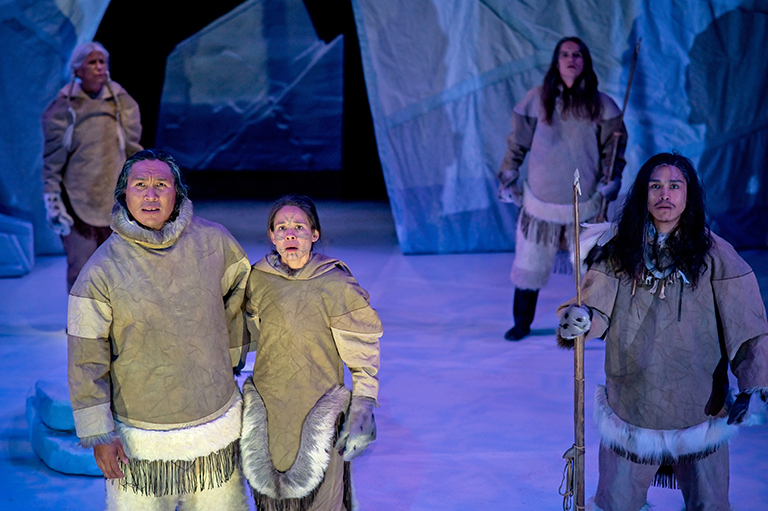
Inuit families work, hunt and play, communicating in poetically looping English and Inuktitut phrases. Their way of life blends with their stylized Arctic surroundings, to the point that a lonely older woman adopts a polar bear cub, Angu’juaq, in a fairy-tale moment that feels perfectly natural.
Their life is interrupted by Sir John Franklin and his men in 1845. At first they jubilantly claim the territory for England, but are eventually undone by starvation as pack ice traps their ships. The final section of the play takes place in 2033 on a cruise ship sailing ice-free Arctic waters. Guests and crew celebrate New Year’s Eve, ignoring the death throes of an ecosystem while flocking to a simulacrum staged for their benefit.
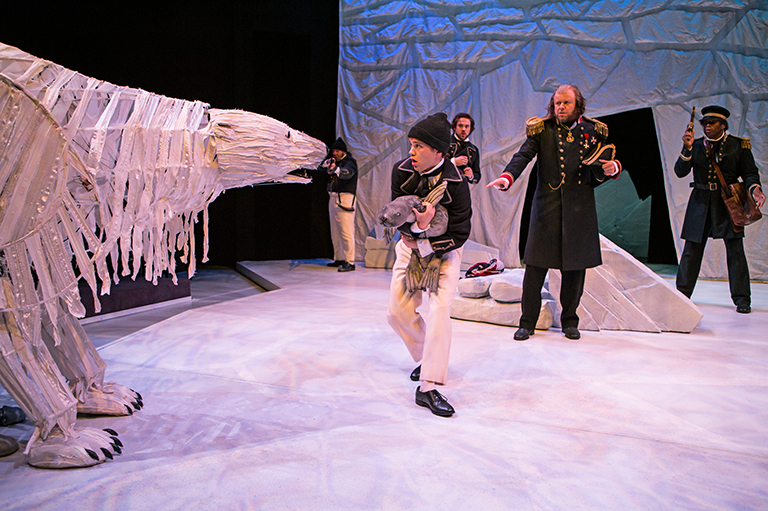
The recurring figure throughout the 500-year span of the play is Angu’juaq. If The Komagata Maru Incident and The Breathing Hole remind us that Canadian history extends well before the arrival of Europeans, the polar bear’s presence reminds us that nature has an even older claim. At the Table Talk session, Dr. Pauline Wakeham, who teaches Indigenous and Canadian literary and cultural studies at Western, describes the bear as a “removed but somewhat sympathetic witness” to the play’s shocking events.
At the end of her presentation, Wakeham reminds patrons that, as in many Indigenous cultures, the audience has a responsibility for the gift it has been given in the story of The Breathing Hole. Unusually for a Stratford crowd, as the preview audience leaves this production, it is almost completely quiet. The vision of cultural and climatic devastation we’ve just seen requires time and silence to process.
Anne of Green Gables these shows are not. Rather, they are there to make us think hard about who we are and what Canada is, and should be in the future. Neither play allows easy answers or glib assertions, an essential aspect, as Cimolino noted, of “the push and pull of how we identify ourselves.”
The Breathing Hole runs until Sept. 22 and The Komagata Maru Incident until Sept. 24 at the Stratford Festival’s Studio Theatre.
We hope you will help us continue to share fascinating stories about Canada’s past.
We highlight our nation’s diverse past by telling stories that illuminate the people, places, and events that unite us as Canadians, and by making those stories accessible to everyone through our free online content.
Canada’s History is a registered charity that depends on contributions from readers like you to share inspiring and informative stories with students and citizens of all ages — award-winning stories written by Canada’s top historians, authors, journalists, and history enthusiasts.
Any amount helps, or better yet, start a monthly donation today. Your support makes all the difference. Thank you!
Themes associated with this article
Sign up for any of our newsletters and be eligible to win one of many book prizes available.


